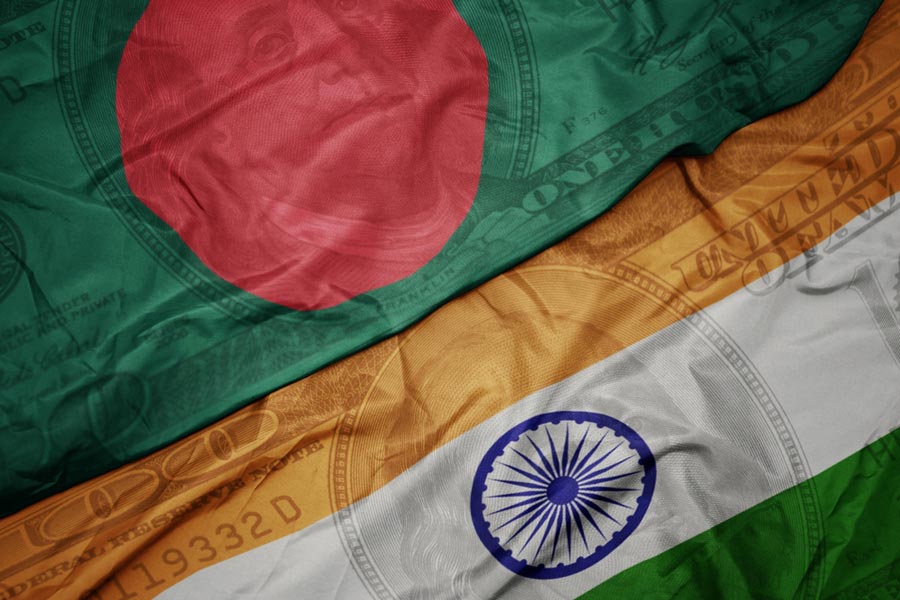 |
Apple bestowed upon Mac users a veritable bonanza last week with the launch of its new operating system Mavericks — for free. Significantly, it also made the new version of OS X compatible with some machines bought as far back as 2007.
The earlier versions of OS X had names of the great cats, Cheetah, Puma, Jaguar, Panther, Tiger, Leopard, Snow Leopard, Lion and Mountain Lion. Having let the cat live its nine lives, Apple decided to move away from the feline. Mavericks is named after the most dangerous surf break at Half Moon Bay, California, which in turn has been named after a white German Shepherd who once swam in the waves.
Over the years the price of the new version of OS X has steadily gone down. While Puma cost $130 in 2001, Mountain Lion was available for around $20 last year. This time you pay nothing. Compare this with Windows 8 where you have to pay quite a bit to upgrade from Windows 7. Windows 8 Pro costs almost $200. The little over 5GB download of OS X version 10.9 is available through the Mac App Store. On a fast Internet connection this should take you around three hours. This eliminates the bother of getting the new software on DVDs. As it is, most new Macs do not have a DVD drive.
If your computer can run Mountain Lion it will support Mavericks. This means iMacs of 2007 or later, MacBooks from 2008 onwards, and MacBook Pros of 2007 for the 15-inch and 2008 for the 13-inch. The MacBook Air, Mac mini and Mac Pro can all be upgraded to Mavericks. Mavericks can only be installed on computers made by Apple. You cannot install it on a Windows machine. You don’t need serial numbers or any other kind of product activation as you would on a Windows machine.
Although Mavericks is not a drastic change from its last iteration, it is still packed with very cool features. Some of them such as iBooks and the ability to send directions from Apple’s map to the iPhone and iPad are not relevant for India. The Indian iBooks store is not as well stocked as Amazon, and Google’s map performs much better here than Apple’s.
One of Mavericks best features is that it liberates you from having to remember multiple passwords and user names. You can store all of these and even your credit card information across all your Apple devices, such as iPhone or iPad using iCloud Keychain. Whenever you go to a website using the Safari browser, all information will be filled in automatically. To enable the feature, open System Preferences, followed by iCloud and then click the checkmark next to iCloud Keychain. Safari will also generate a difficult password for you when you sign up for an account on a new website and iCloud Keychain will remember it for you. It is your new password manager.
If you still swear by Chrome or Firefox just try out the new Safari. It is blazingly fast. Having used Chrome for the past two years I was pleasantly surprised at how efficient Safari had become. Websites opened in a flash and videos streamed from YouTube without any delay.
A nifty tool gives you the ability to quickly check what apps are draining your computer's battery. A tap on the battery icon on the top left of the screen shows “Apps Using Significant Energy”. This is very handy if the battery is running low.
Adding smileys and emoji icons, the stuff that you use on WhatsApp, has always been difficult on any computer. Mavericks changes that. Just press Command, Control and Space simultaneously wherever you are typing and it will bring up the icons.
There are over 200 new features in Mavericks.
Last week Apple also released the iPad Air, iPad Mini (second generation), new models of MacBook Pro and futuristic Mac Pro. The iPad Air will most likely be available in India sometime next month. We don’t know if it will have the fingerprint sensor because Apple did not say anything about it. The second-generation iPad Mini comes with a 7.9 inch Retina display that the earlier version lacked.
The Mac Pro desktop, now assembled in the US, will be available in December. It comes with a 3.7 GHz quad-core Intel Xeon E5 processor, dual AMD FirePro D300 GPUs with 2GB of VRAM each, 12GB of memory, and 256GB of PCIe-based flash storage and starts at Rs 2,29,900, including taxes. The other model with a 3.5 GHz 6-core Intel Xeon E5 processor, dual AMD FirePro D500 GPUs with 3GB of VRAM each, 16GB of memory, and 256GB of PCIe-based flash storage starts at Rs 2,99,900 including taxes.
Send in your computer-related problems to askdoss@abpmail.com with bits&bytes as the subject line










